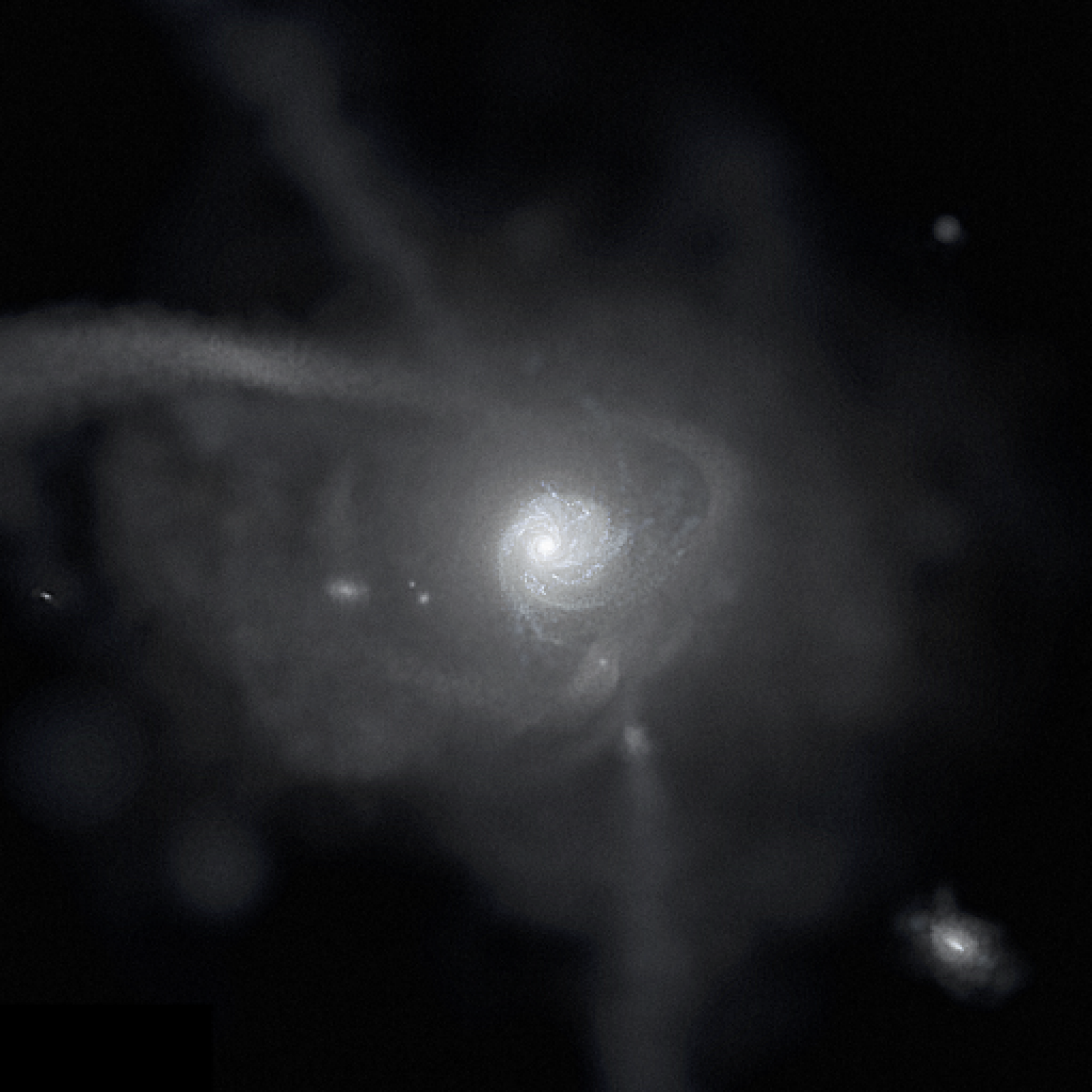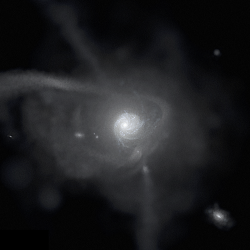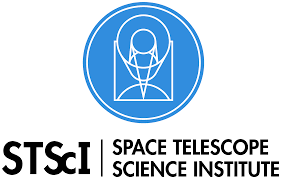Space Telescope Science Institute has awarded our team
- PI Andrew Wetzel
- co-investigators Shea Garrison-Kimmel, Phil Hopkins, Cameron Hummels, Sarah Loebman, and Robyn Sanderson
a Hubble Space Telescope (HST) Theory grant for Understanding the physics of gas stripping and star-formation quenching of the satellite dwarf galaxies in the Local Group. Our goal is to use our Latte suite of FIRE-2 simulations to understand how satellite galaxies evolve after they fall into a host halo like the Milky Way, with emphasis on how (internal) stellar feedback and (external) environmental processes like ram-pressure stripping remove their gas and quench their star formation, as observed in the Local Group.


